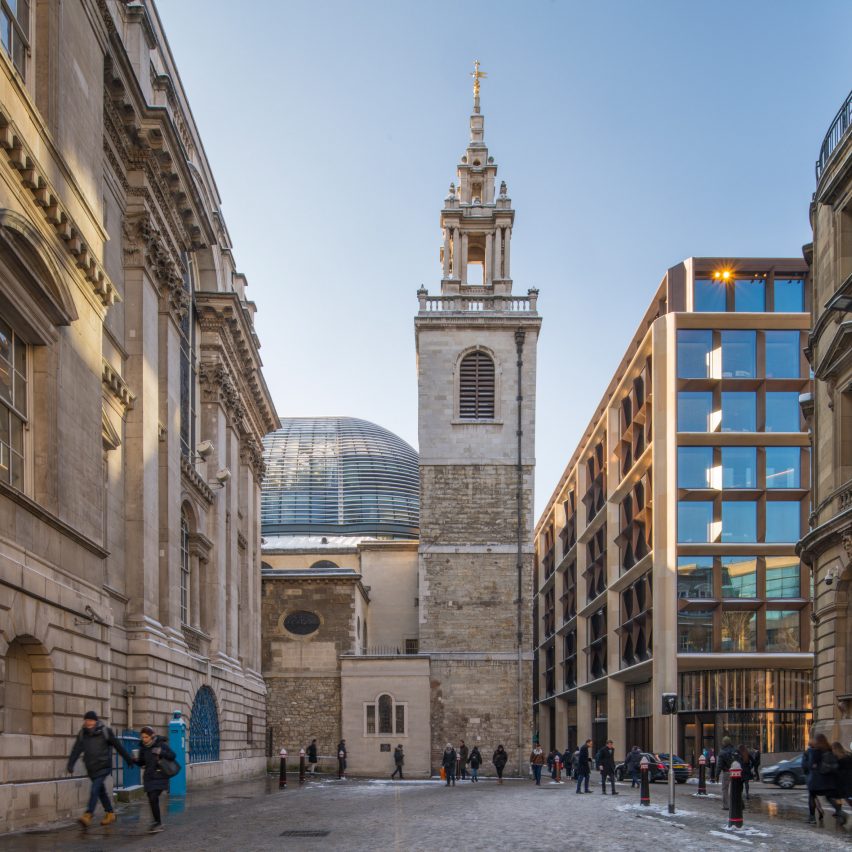
Dezeen teamed up with World Monuments Fund to present a talk exploring the legacy of architect Christopher Wren and the challenges of developing cities while retaining their historic characteristics.
Called Wren Conversations: Building Cities, the talk is the second in a series of conversations exploring the life and legacy of the British architect to mark 300 years since his passing.
Hosted by Sir David Bell, former chairman of the Millennium Bridge Trust, the talk took place at St Stephen Walbrook Church on 22 March and was filmed by Dezeen.
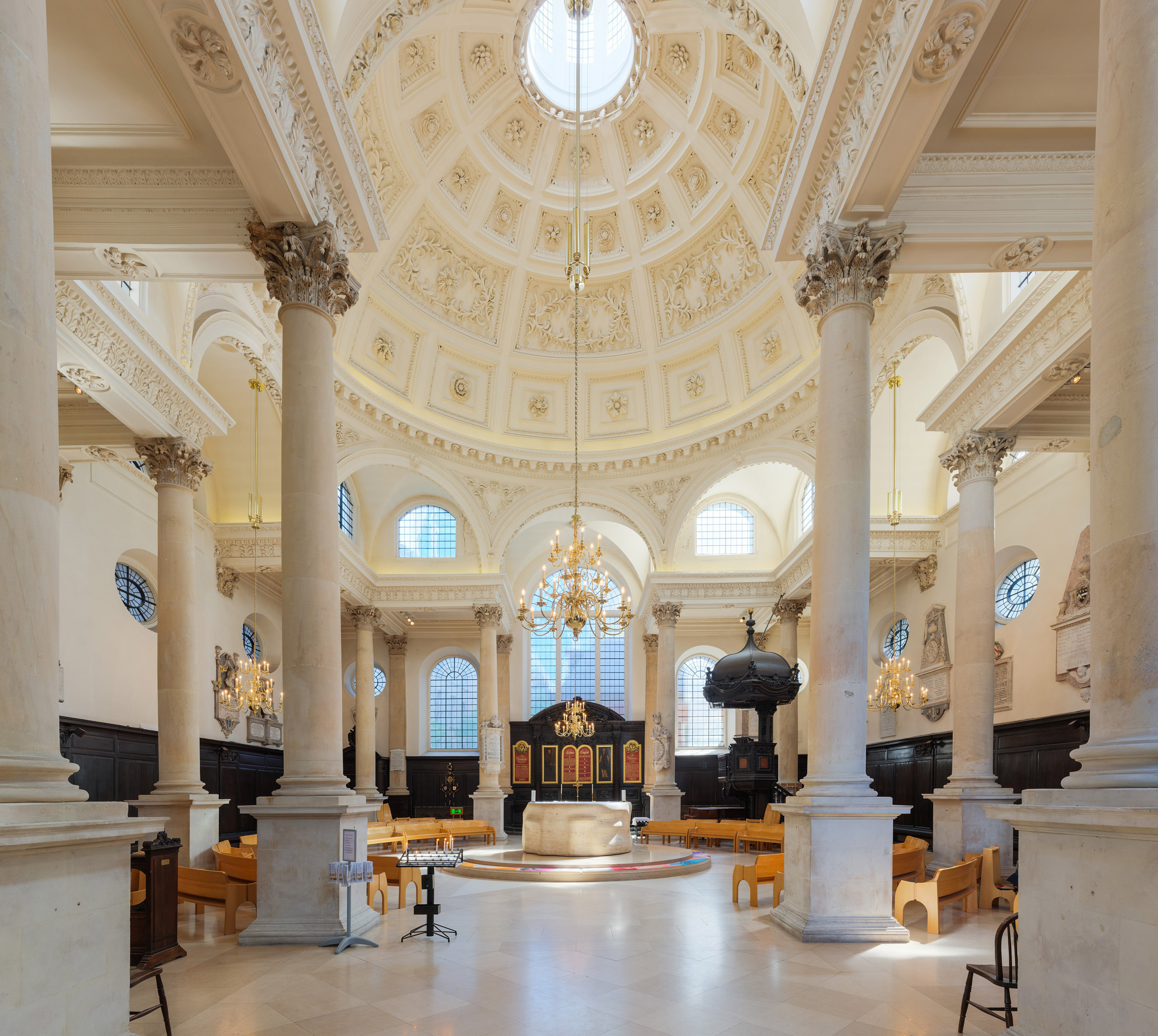
It brought together a panel of eminent architects who have designed buildings in some of the most sensitive and historic sites in the City of London.
The panel included Stirling Prize-winning architect Amanda Levete, Serpentine Pavilion architect Sumayya Vally, senior partner at Foster + Partners Kate Murphy and co-founder of Bennetts Associates Rab Bennetts.
The panellists explored the ways in which Wren introduced a new architectural style following the Great Fire of London in 1666. Three days after the fire, Wren presented King Charles II with his plan of rebuilding the city, which never came to fruition.
Wren ultimately built 51 churches on existing mediaeval foundations, including the iconic St Paul’s Cathedral.
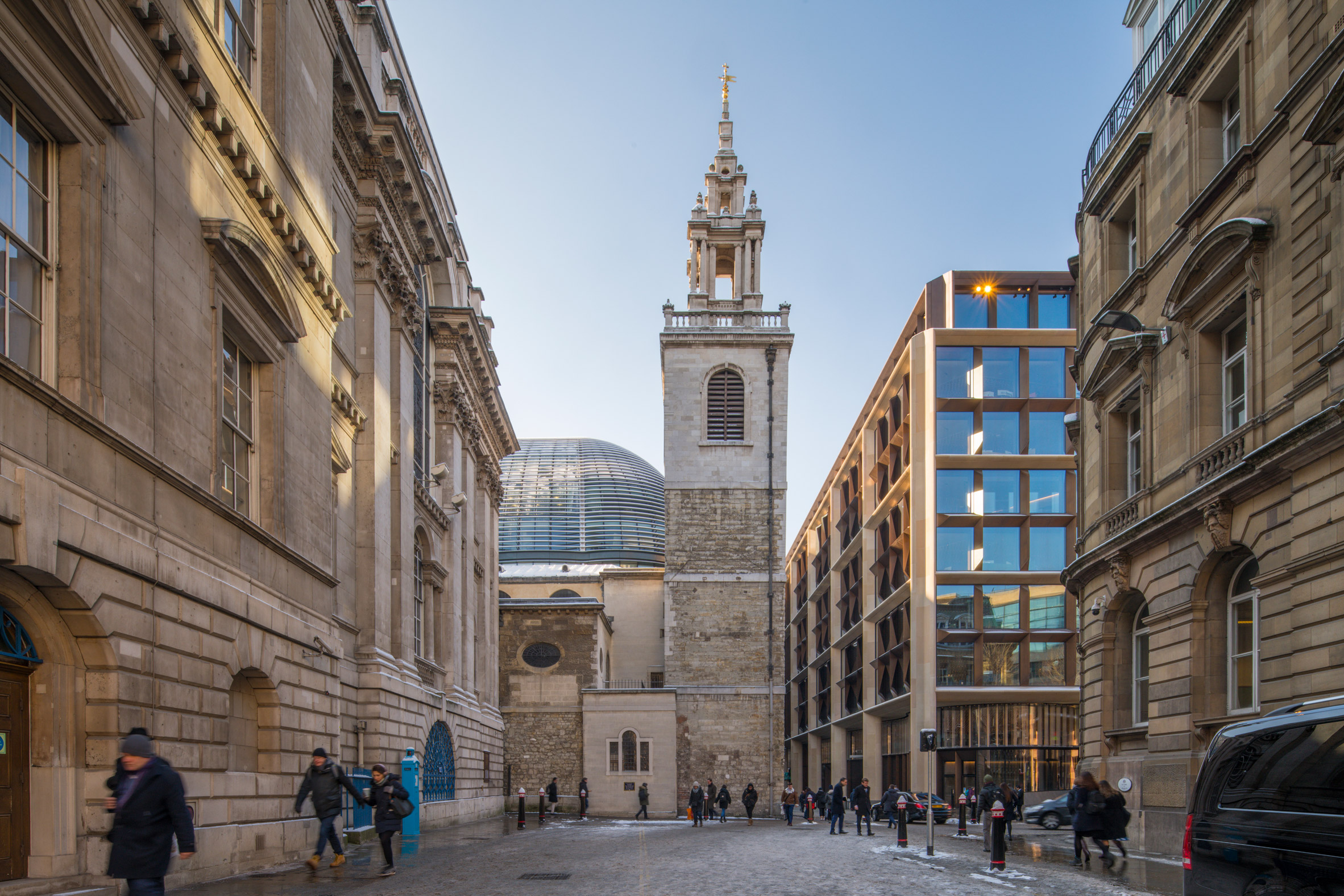
“He had to find a way of rebuilding within London, but using the mediaeval foundations – or in other words, adjusting to what was already there,” Bell said during the talk. “And in a way, that has been the history of London all the way through.”
The talk addressed the difficulties of building in major cities like London, which have diverse and rich architectural histories, and how to preserve these histories and protected vistas while continuing to develop the city and meet community needs.
“In many places, there are incredible community institutions that have not actually been preserved and are being erased by development,” Vally said during the talk.
“If we aren’t able to work with the energy of a place and think about how we evolve that alongside our development, then we’re missing out on something.”
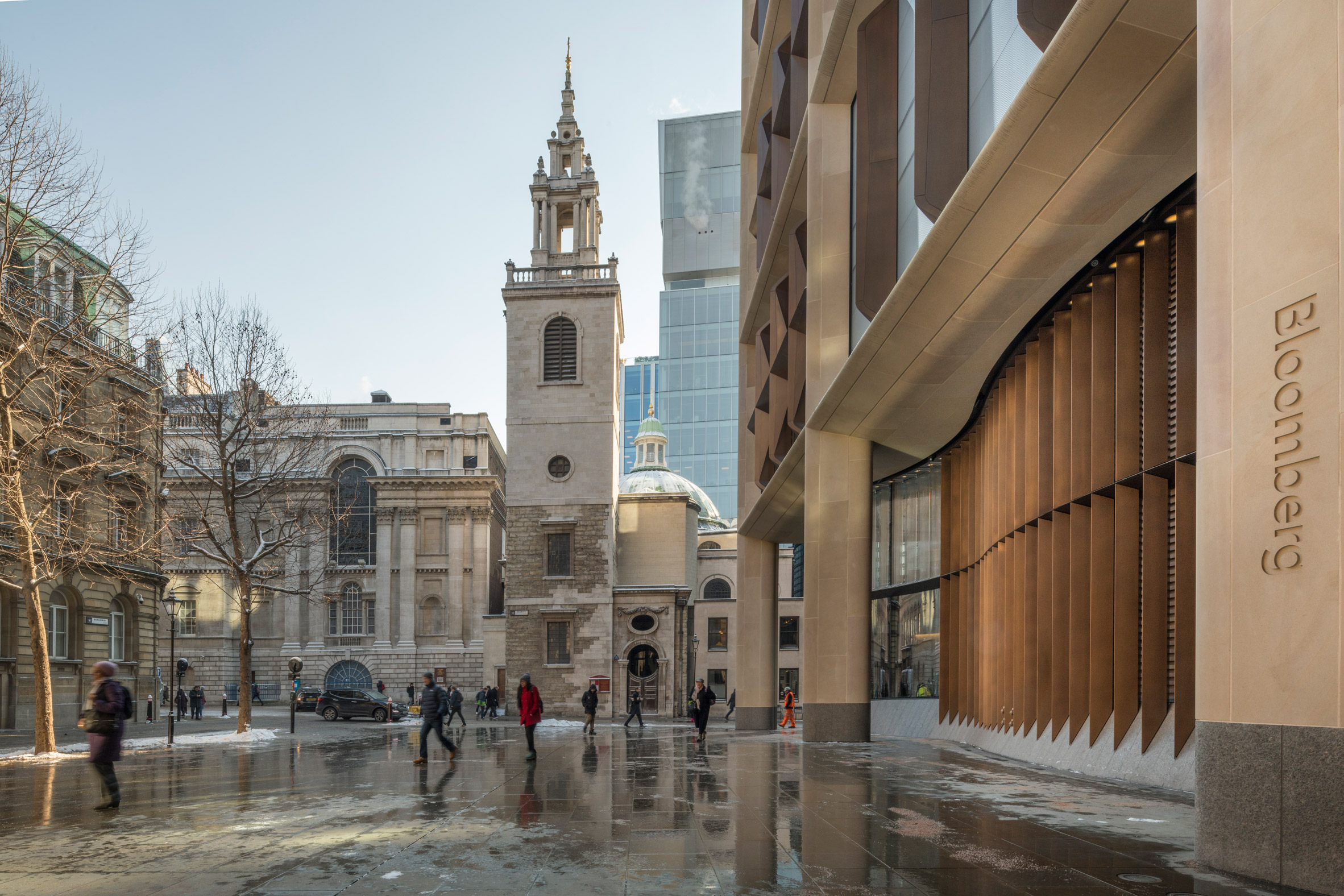
The panel discussed obstacles they have faced with planning and how various restrictions have impacted the wider planning of London, which, while limiting, have not necessarily been bad for the city.
“Wren’s kind of rebuilding on the mediaeval street pattern is actually the essence of London,” Levete said. “It’s made London able to adapt and evolve in a way that Paris hasn’t.”
“I believe very strongly that the protective views of St Paul’s are extremely important and need to be preserved. And it’s up to us as architects to cleverly work around those rather than to challenge them,” she continued.
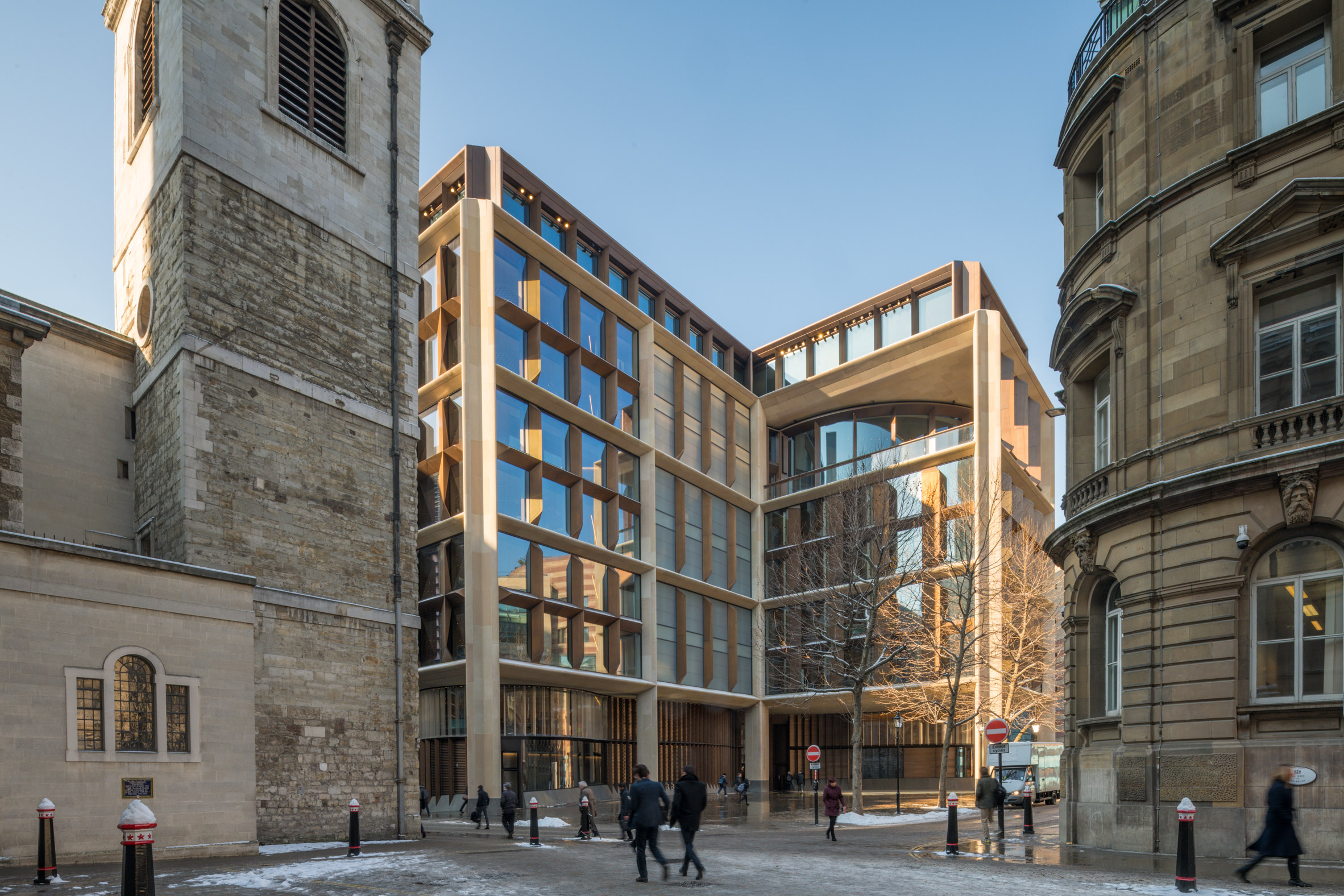
Murphy, who had a senior role in designing the Stirling Prize-winning European headquarters of Bloomberg, explained the decisions behind the scale and massing of the building were informed by the concept of “being a good neighbour”.
“It actually already had planning consent for a much taller building with a much bigger, higher centre,” Murphy explained. “But during the course of the project, the viewing corridors for St Paul’s Cathedral changed.”
“We lost the area, but I think we all felt it was the right thing to do. So I think that thing of being a good neighbour is the best way of approaching planning and really trying to connect with the community and the infrastructure around you,” she continued.
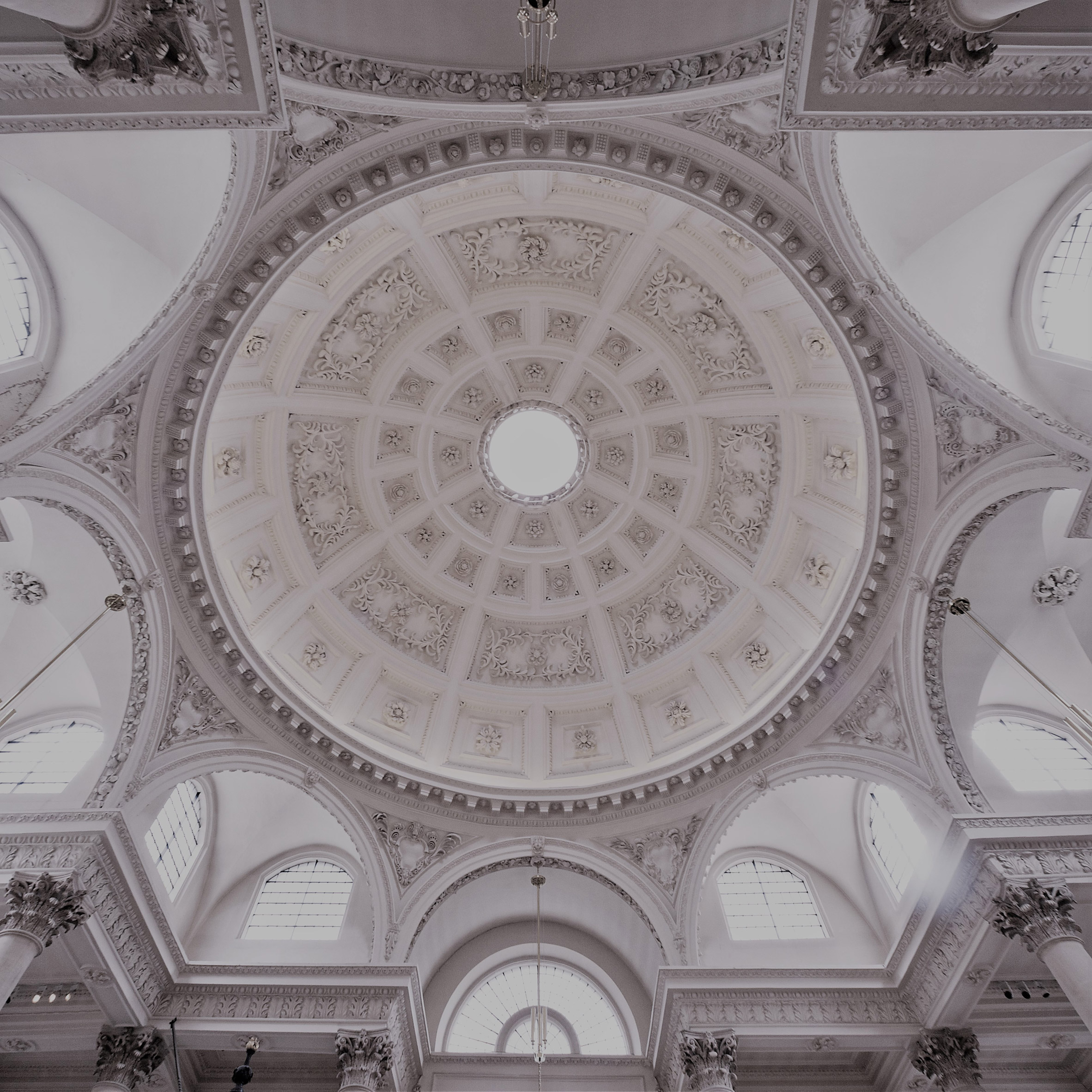
The venue of the talk, Wren’s St Stephen Walbrook Church, is used for a host of programmes and groups – including Samaritans, choral music evenings and Rush Hour Jazz – serving as a community centre for diverse groups.
Reflecting on the venue, the panellists were asked about the role of architecture in building bridges between people and communities.
“One of the most underestimated skills of an architect is to try to do buildings as the backdrop to city life,” Bennetts said.
“Not every building has to be prominent or to shout. A lot of buildings need to recede into the background in my view.”
Wren Conversations: Building Cities took place on 22 March 2023 at St Stephen Walbrook Church. See Dezeen Events Guide for an up-to-date list of architecture and design events taking place around the world.
Partnership content
This competition is a partnership between Dezeen and World Monuments Fund. Find out more about Dezeen partnership content here.
The post Watch a talk exploring the challenges of designing buildings in historic settings appeared first on Dezeen.
